03. July, 2025delish0
The tension control and web guiding system of the slitter rewinder are the two core subsystems, and the synergy of the two directly affects the slitting quality (such as coil flatness, end face uniformity) and production efficiency. Here's how they work together and key technical highlights:
1. The role of the tension control system
• Core function: Maintain the dynamic stability of the tension of the coil during the slitting and rewinding process, and avoid the tensile deformation or relaxation and wrinkling of the material.
• Key Technologies:
◦ Closed-loop control: real-time detection of tension through the tension sensor (or indirect calculation of motor current), PLC/PID algorithm adjusts the torque or speed of the unwinding, traction, and winding motors.
◦ Taper tension control: gradually reduce the tension with the increase of the roll diameter during winding to prevent the inner material from being deformed under compression.
◦ Segmentation control: The slitting machine is usually divided into unwinding area, traction area and winding area, and the tension of each section needs to be adjusted independently and smoothly transitioned.
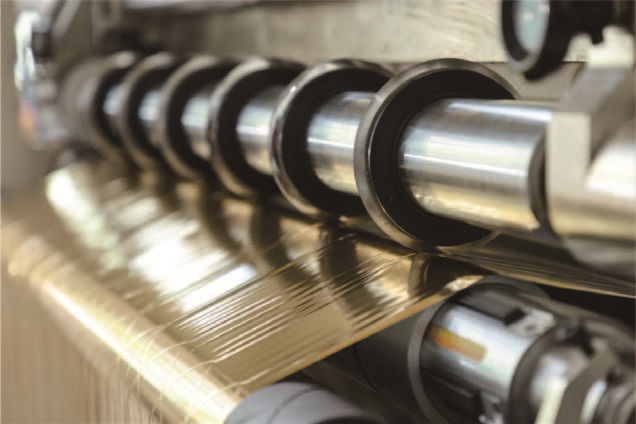
2. The role of the Guiding System (EPC).
• Core function: Real-time detection of the position of the coil edge or centerline, and lateral adjustment to ensure the alignment of the coil edge after slitting.
• Key Technologies:
◦ Photoelectric/ultrasonic detection: The sensor scans the edge position of the material in real time, and the signal is transmitted to the controller.
◦ Actuator: The servo motor drives the guiding roller or slide table to move laterally and adjust the material transport path.
◦ Control algorithm: PID or fuzzy control is usually used, and the response speed needs to match the speed of the production line (milliseconds).
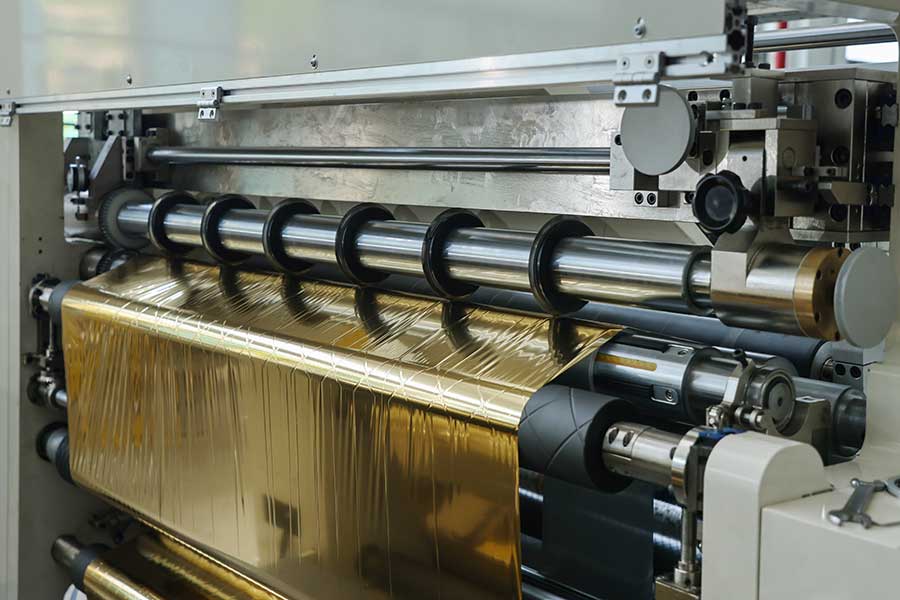
3. Collaborative working mechanisms
(1) Signal linkage
• Effect of tension on web guidance: Tension fluctuations can cause the material to stretch slightly or shift horizontally (such as the "snake" phenomenon of the film), and the guiding system needs to dynamically compensate for the amount of adjustment according to the change in tension.
• Effect of guiding on tension: The lateral movement of the guiding roller may change the wrapping angle of the material, which indirectly affects the local tension, and needs to be quickly fine-tuned by the tension control system.
2) Dynamic compensation logic
• Synchronous control: During high-speed slitting (such as > 600m/min), the PLC or special controller needs to synchronously process the tension and deviation correction signals to avoid oscillation caused by system delay.
• Material Adaptation:
◦ Elastic materials (e.g., thin films): Tension fluctuations can easily cause frequent correction actions, and the control sensitivity needs to be reduced.
◦ Rigid materials (e.g. aluminum foil): Guiding adjustments need to be more precise and tension needs to be extremely stable.
3) Typical collaboration scenarios
• Start/deceleration phase: The tension system slowly rises/decreases according to the preset curve, and the guiding system adjusts the sensitivity synchronously (reducing the response frequency at low speed).
• When switching rolls: the initial diameter of the new coil is small, and the guiding system needs to adjust the transverse position datum according to the taper tension strategy.
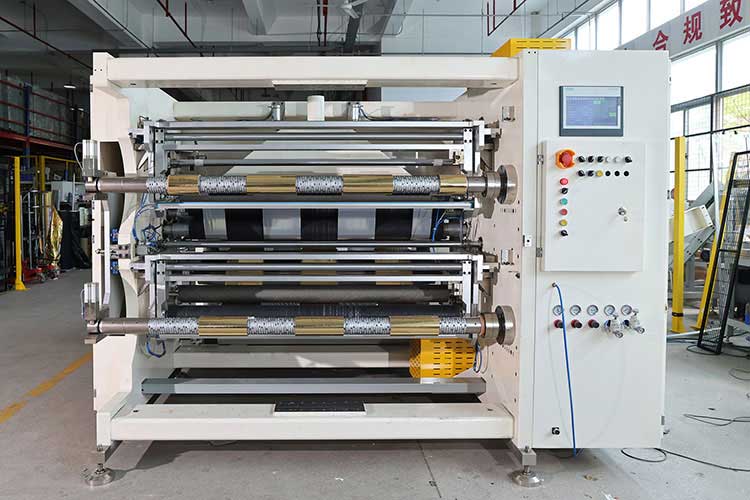
4. Technical difficulties and solutions
• Challenge 1: Oscillation at high speeds
Solution: Adopt adaptive PID algorithm, or introduce feedforward control (e.g., predicting the effect of winding diameter changes on tension).
• Challenge 2: Uneven material thickness
Solution: The tension system adds a closed loop for thickness detection, and the deviation correction system switches to the "centerline control" mode.
• Challenge 3: Multi-slitting strip synchronization
Scheme: Each slitting strip is independently corrected (such as multi-air knife slitting), and the force system needs to balance the overall and local tension.
5. Advanced Technology Trends
• Intelligent integrated control: AI algorithms predict the coupling relationship between tension and deviation correction to achieve self-learning optimization (such as historical data of deep learning model training).
• Sensorless Tension Control: Tension estimation through motor parameters reduces sensor maintenance costs.
• Vision correction system: CCD camera is used to replace the traditional photoelectric sensor to adapt to the edge recognition of complex pattern materials.
summary
The synergistic essence of tension control and deviation correction system is the dynamic balance of "longitudinal-horizontal", and the parameters need to be adjusted according to the requirements of material characteristics, speed and slitting accuracy. Modern slitter rewinders usually use bus communication (e.g. EtherCAT) to achieve millisecond data exchange to ensure a stable cooperation between the two at high speeds.



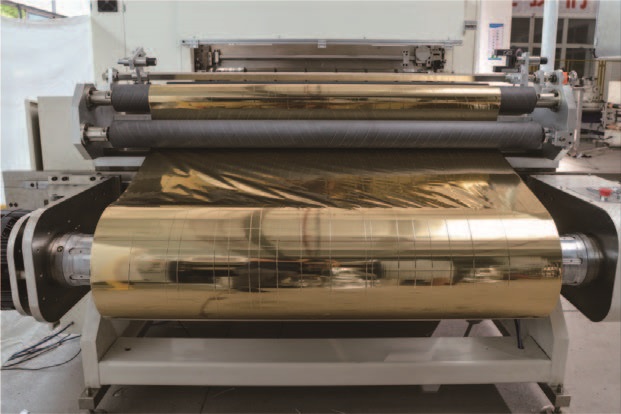
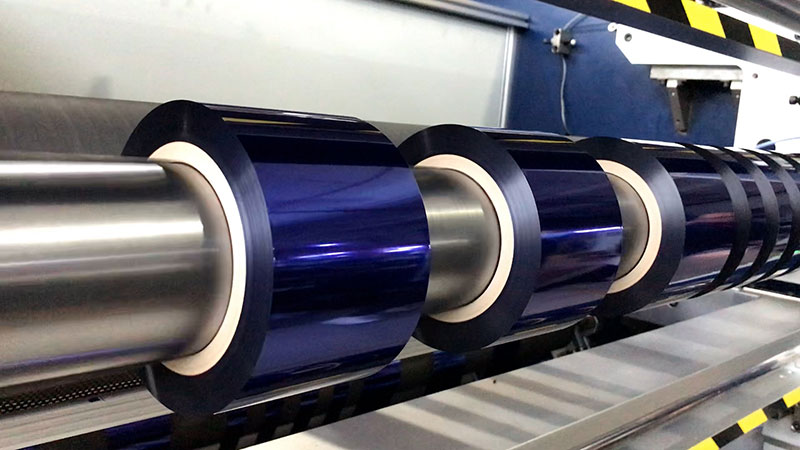
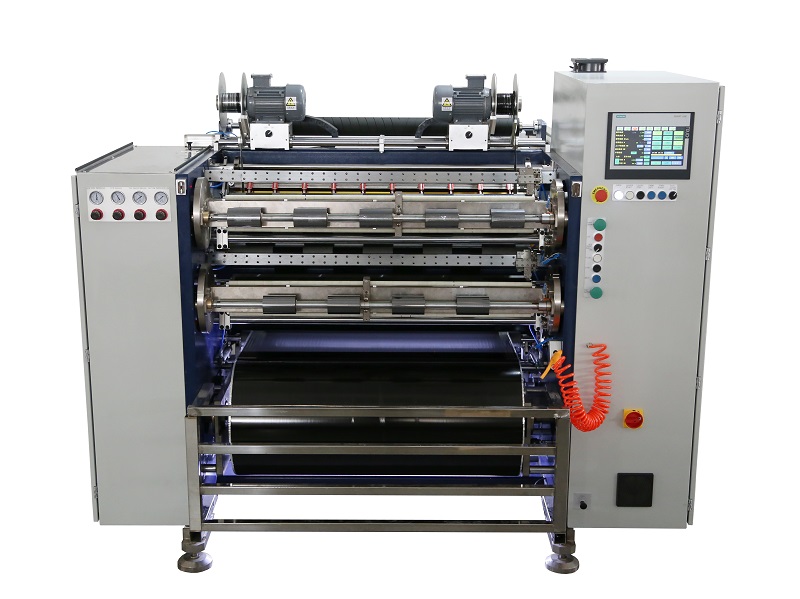 Fully Automatic TTR Slitter RSDS8 Plus
Fully Automatic TTR Slitter RSDS8 Plus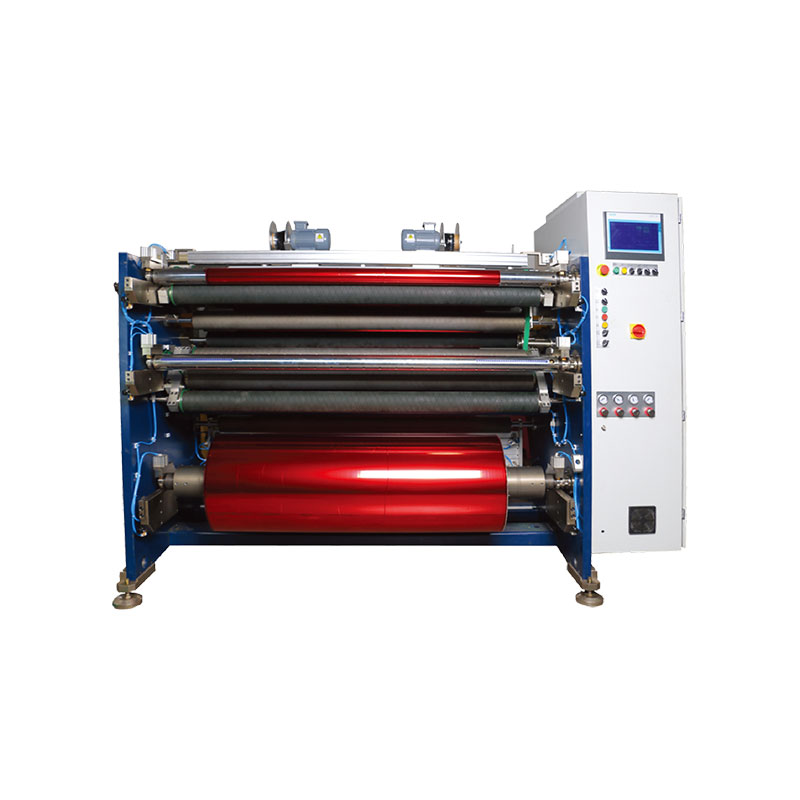 Hot Stamping Foil Slitter 1600mm
Hot Stamping Foil Slitter 1600mm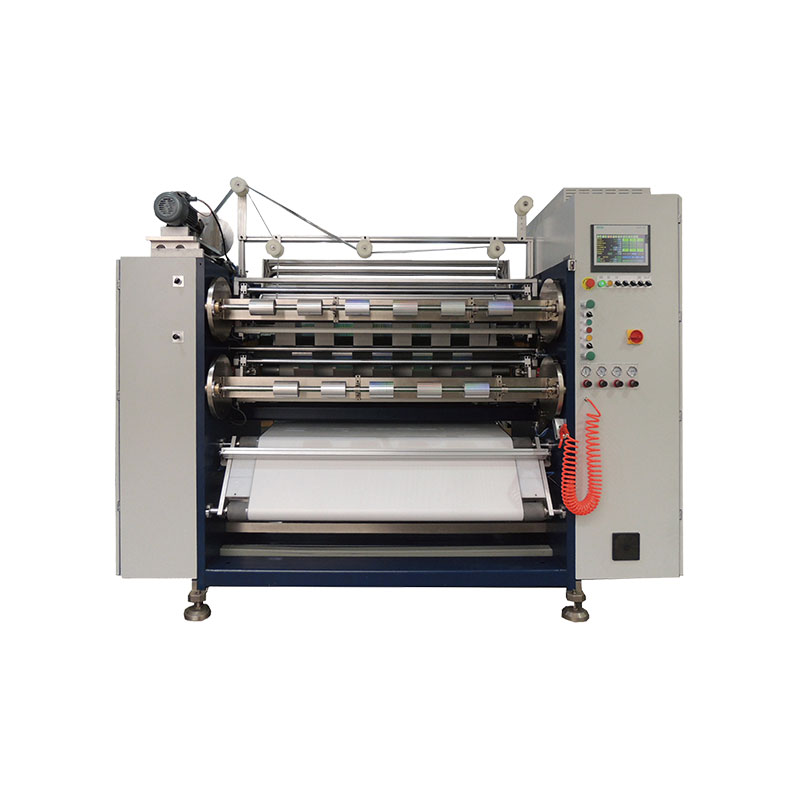 Hot Stamping Foil Slitter (4 Shafts)
Hot Stamping Foil Slitter (4 Shafts)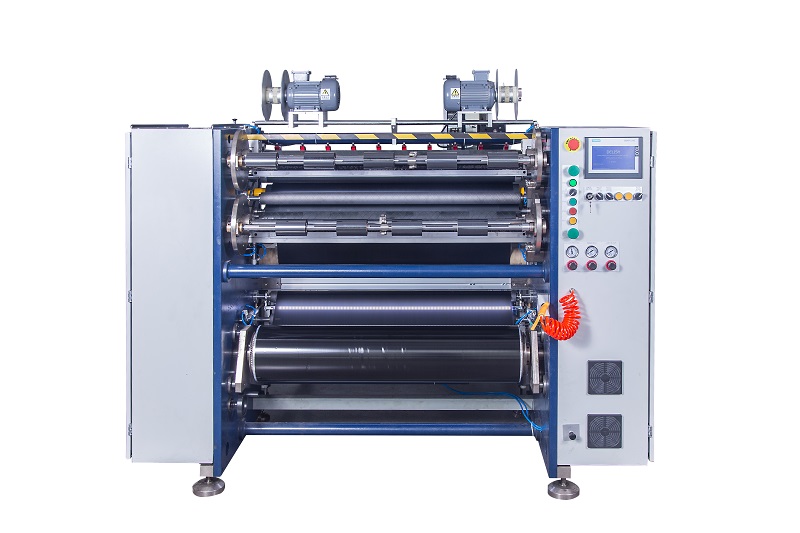 Semi-Auto TTR Slitter RSDS2 Plus
Semi-Auto TTR Slitter RSDS2 Plus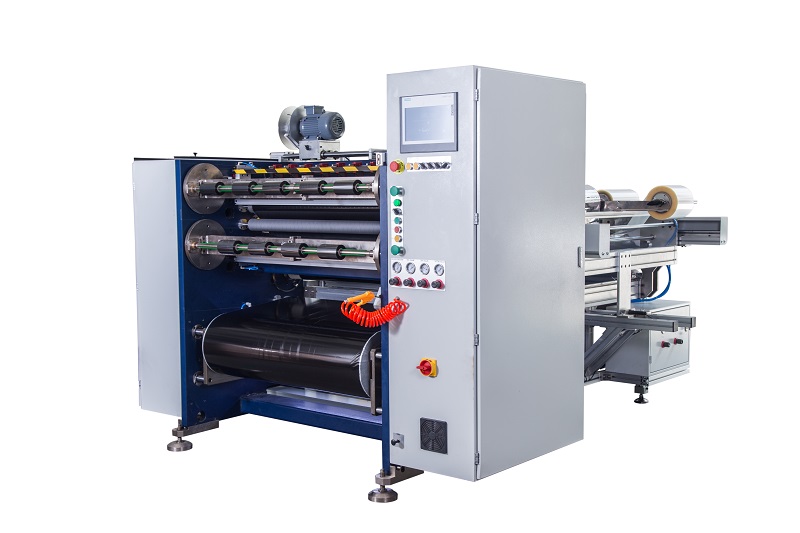 Semi Automatic TTR Slitter RSDS5 Plus
Semi Automatic TTR Slitter RSDS5 Plus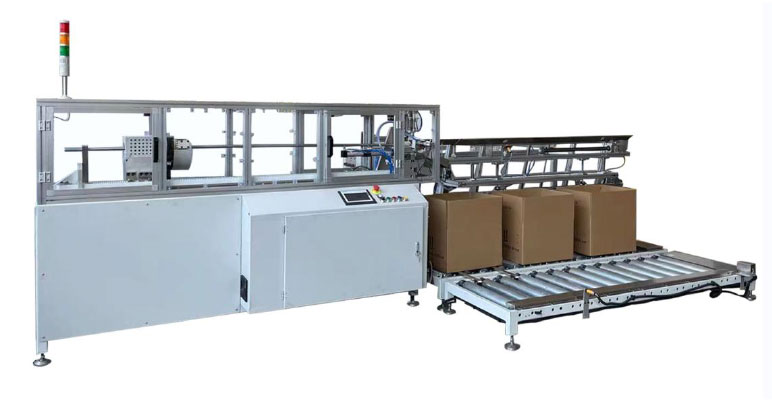 Auto Paper Core Cutter
Auto Paper Core Cutter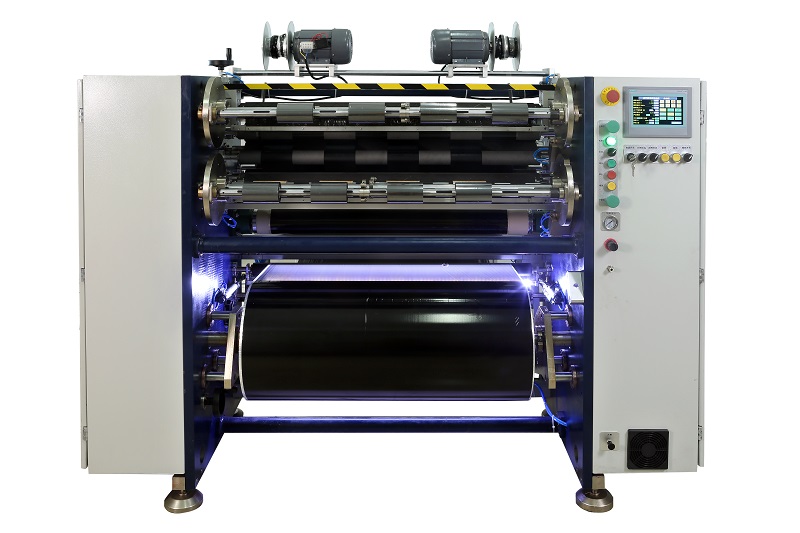 Manual TTR Slitter RSDS2
Manual TTR Slitter RSDS2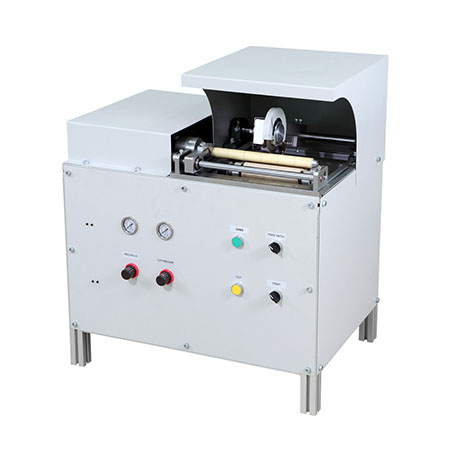 Manual Paper Core Cutter
Manual Paper Core Cutter





